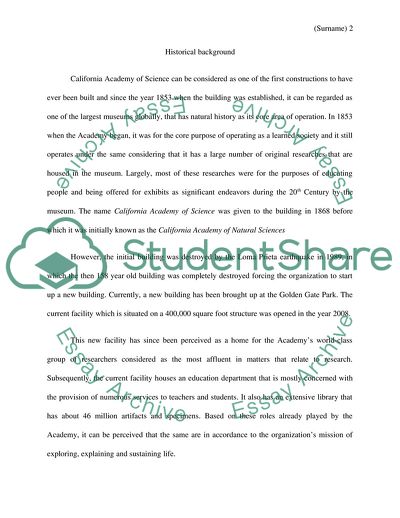Cite this document
(Leadership in Energy and Environmental Design Case Study, n.d.)
Leadership in Energy and Environmental Design Case Study. https://studentshare.org/environmental-studies/1826966-leed-certified-building
Leadership in Energy and Environmental Design Case Study. https://studentshare.org/environmental-studies/1826966-leed-certified-building
(Leadership in Energy and Environmental Design Case Study)
Leadership in Energy and Environmental Design Case Study. https://studentshare.org/environmental-studies/1826966-leed-certified-building.
Leadership in Energy and Environmental Design Case Study. https://studentshare.org/environmental-studies/1826966-leed-certified-building.
“Leadership in Energy and Environmental Design Case Study”. https://studentshare.org/environmental-studies/1826966-leed-certified-building.


